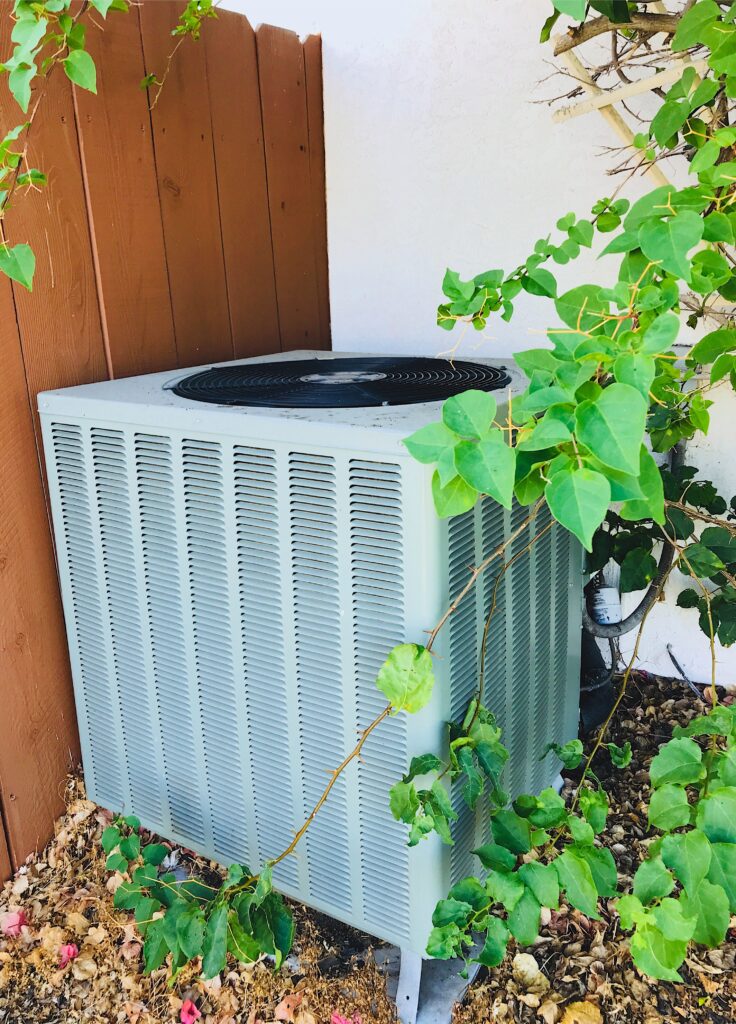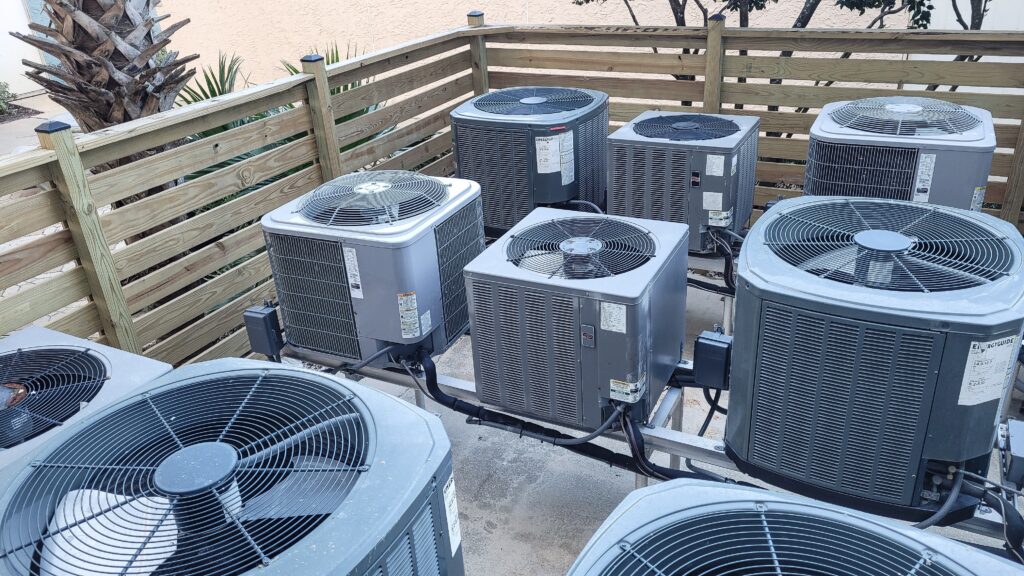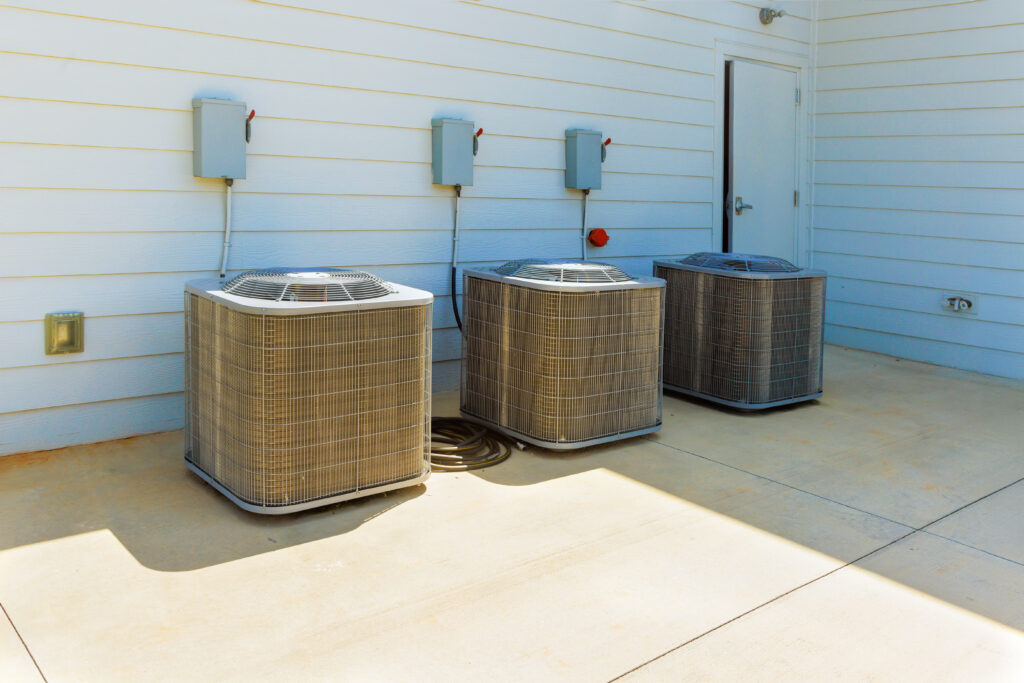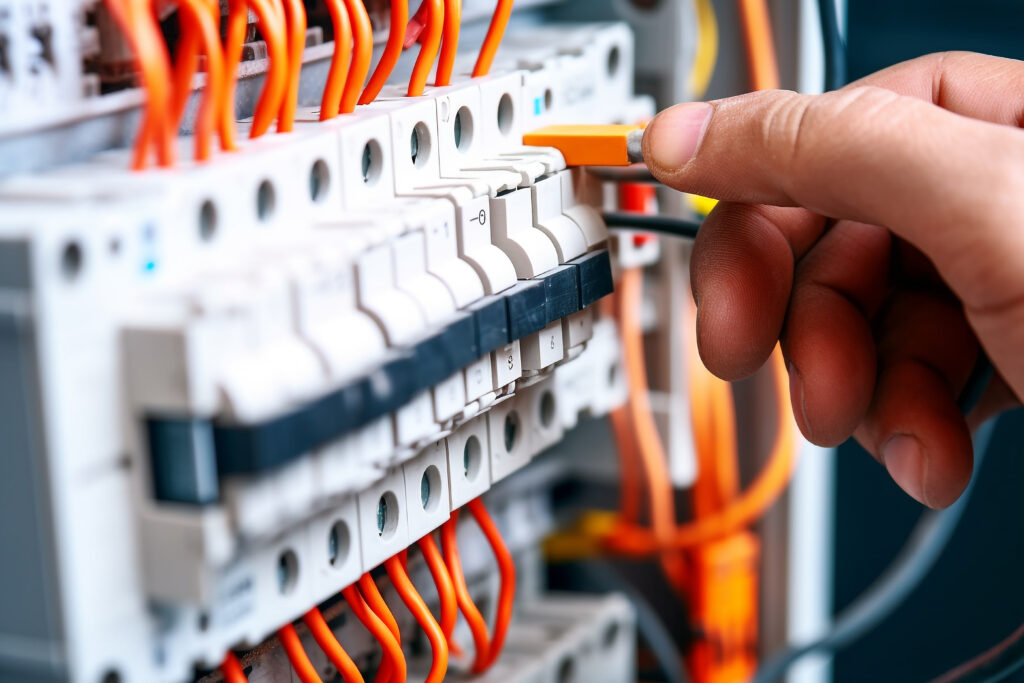The placement of an air conditioning (AC) unit is crucial for its efficiency, performance, and lifespan. Homeowners often wonder whether they can install an AC unit under a deck. While this may seem like a space-saving solution, there are several factors to consider before deciding on this placement. This article will explore whether an AC unit can be under a deck, how much clearance an AC outdoor unit needs, and the best practices for placing an outdoor AC unit.
Can I Put My AC Unit Under My Deck?

Challenges and Considerations
Placing an AC unit under a deck presents several challenges and considerations:
- Restricted Airflow: An AC unit requires adequate airflow to dissipate heat effectively. Placing it under a deck may restrict airflow, causing the unit to work harder and reducing its efficiency. This can lead to overheating and potential damage .
- Access for Maintenance: Maintenance is crucial for keeping your AC unit running smoothly. Placing it under a deck can make it difficult for technicians to access the unit for regular maintenance and repairs.
- Noise and Vibration: The noise and vibration from the AC unit can be amplified when placed under a deck, potentially causing disturbances.
Recommendations
If you are considering placing your AC unit under a deck, ensure that there is sufficient space for airflow and maintenance access. Additionally, consult with an HVAC professional to determine if this placement is suitable for your specific unit.
How Much Clearance Does an AC Outdoor Unit Need?

Recommended Clearance
Proper clearance around an AC outdoor unit is essential for optimal performance and efficiency. Manufacturers typically recommend a minimum clearance of 12-24 inches on all sides of the unit. This space allows for adequate airflow and prevents debris from accumulating around the unit.
- Top Clearance: Ensure there is at least 60 inches of clearance above the unit. This space allows for proper airflow and prevents obstructions that could impede the unit’s operation.
- Side Clearance: Maintain at least 12-24 inches of clearance on all sides to ensure that air can flow freely through the unit.
Importance of Clearance
Adequate clearance prevents the unit from overheating and ensures that it operates efficiently. Restricted airflow can lead to increased energy consumption, higher utility bills, and potential damage to the unit.
Can an AC Unit Be Under a Patio Cover?
Placing an AC unit under a patio cover can offer both benefits and drawbacks:
- Protection from Elements: A patio cover can protect the AC unit from harsh weather conditions, such as direct sunlight, rain, and snow. This can help extend the unit’s lifespan and maintain its efficiency .
- Potential Airflow Restriction: While a patio cover can provide protection, it can also restrict airflow if not designed properly. Ensure that the cover allows for adequate ventilation to prevent the unit from overheating.
Best Practices
If you choose to place your AC unit under a patio cover, make sure the cover is designed to allow for proper airflow. Consult with an HVAC professional to ensure that the placement and design of the cover are suitable for your unit.
Where Not to Install an AC Unit?
When deciding where to install your AC unit, avoid the following common mistakes:
- Enclosed Spaces: Avoid placing the unit in enclosed spaces, such as garages or sheds, where airflow is restricted. Enclosed spaces can cause the unit to overheat and reduce its efficiency .
- Near Obstructions: Keep the unit away from walls, fences, and other obstructions that can impede airflow. Ensure that there is adequate clearance on all sides of the unit.
- Close to Bedrooms: The noise and vibration from the AC unit can be disruptive if placed too close to bedrooms or living areas.
Ideal Placement
Choose a location that allows for proper airflow, easy access for maintenance, and minimal noise disruption. Consider the unit’s proximity to windows and doors to minimize noise and vibration.
How Much Space Do You Need Around an Outside AC Unit?

The space around an AC unit is crucial for its performance and efficiency. As mentioned earlier, maintain a minimum clearance of 12-24 inches on all sides of the unit. This space ensures that air can flow freely through the unit and prevents debris from accumulating .
- Vegetation and Landscaping: Keep plants, shrubs, and trees at least 24 inches away from the unit to prevent them from obstructing airflow or dropping debris into the unit.
- Outdoor Furniture and Decorations: Keep outdoor furniture and decorations away from the unit to ensure proper airflow and prevent damage.
Importance of Space
Adequate space around the unit prevents overheating and ensures that the system operates efficiently. It also allows for easy access during maintenance and repairs, reducing the risk of damage and prolonging the unit’s lifespan.
Where Is the Best Place to Put an Outdoor AC Unit?
The best place to install an outdoor AC unit is in a location that allows for optimal airflow, easy access for maintenance, and minimal noise disruption. Consider the following factors when choosing a location:
- Shade and Protection: Place the unit in a shaded area to protect it from direct sunlight and harsh weather conditions. This can help maintain its efficiency and extend its lifespan .
- Proximity to Indoor Unit: Install the outdoor unit as close as possible to the indoor unit to minimize the length of refrigerant lines and improve efficiency .
- Noise Considerations: Consider the unit’s proximity to windows, doors, and living areas to minimize noise and vibration disruptions.
Professional Consultation
Consult with an HVAC professional to determine the best location for your outdoor AC unit. They can assess your property and recommend the most suitable placement for optimal performance and efficiency.
Conclusion
Placing an AC unit under a deck can present challenges related to airflow, maintenance access, and noise. While it is possible to install the unit under a deck, it is essential to ensure adequate clearance and ventilation to maintain efficiency and prevent overheating. Consider the recommended clearance guidelines and avoid common placement mistakes to ensure optimal performance. By consulting with an HVAC professional and following best practices for AC unit placement, you can ensure that your system operates efficiently and reliably throughout its lifespan.


